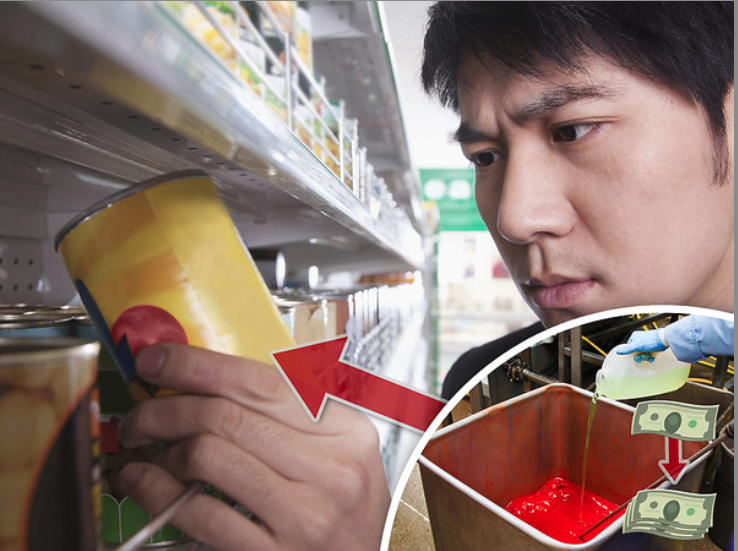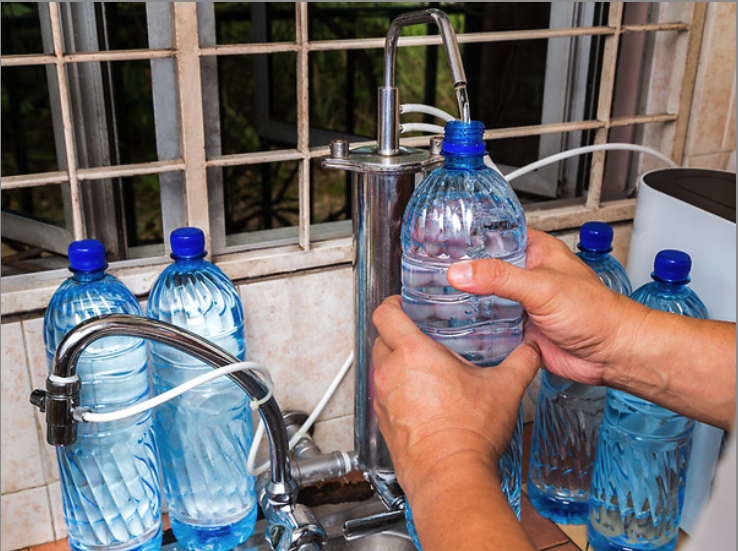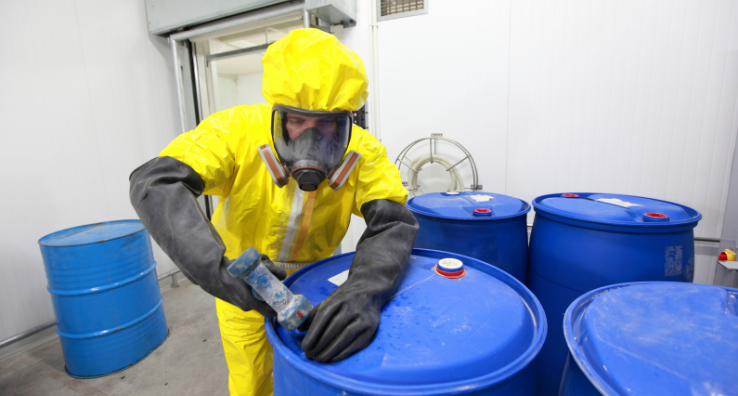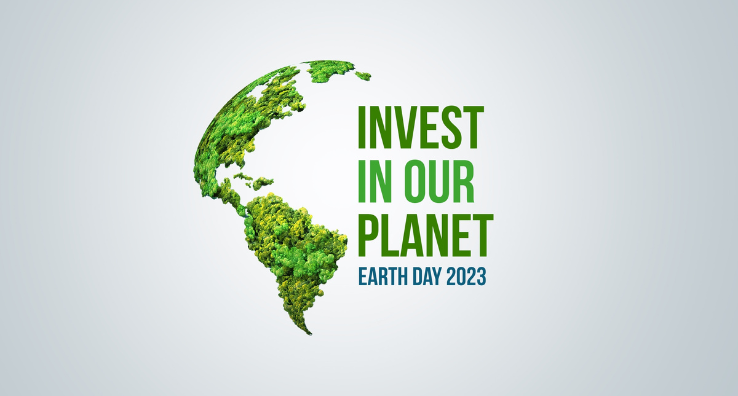Understanding the Basics of Food Fraud

Even as supply chains begin to stabilize, the flow of food products remains slow in some areas and highly unpredictable in others. Any interruption or shortage of a particular ingredient can send food manufacturers and restaurants scrambling for quick replacements, sometimes from unfamiliar and unreliable sources. That’s when fraudsters swoop into action.
Food fraud, defined as the deception of consumers using food products, ingredients, and packaging for economic gain, remains a global challenge for food producers and manufacturers. Most fraudsters are motivated by greed and financial gains but still put consumers at risk by introducing potentially harmful ingredients or allergens.
Food fraud is extremely difficult to detect, which is why training frontline workers on food fraud should be a key component of your food safety training program. Between 2012 and 2021, the most common type of food fraud involved an animal’s origin and dilution or substitution, both ranking at 16% of recorded incidents by food-safety monitor Food Chain ID.
It’s estimated that food fraud may cost the global food industry between $10 to $15 billion per year, affecting 10% of all food products sold. Other estimates say food fraud affects at least 1% of the global food industry at a cost as high as $40 billion a year, according to the Food and Drug Administration.

A Brief History
While fresh in the headlines, food fraud has been around since ancient Rome, where lead was added to wine to make it taste sweeter. In the 19th century, farmers disguised low-quality milk by mixing in plaster and chalk to improve texture and color.
Today, the size and complexity of food fraud incidents have increased due to our highly interconnected global economy. In 2007, thousands of pets died in North America, South America, and Europe after consuming pet food from China tainted with melamine, a chemical used in plastics and insulation. In 2008, 300,000 infants in China were sickened, and six died from melamine-tainted baby formula.
In 2013, a massive food scandal across six European countries involved mixing horse meat with ground beef. And in North America, DNA testing recently showed that more than a third of the seafood sold in some places, including the U.S., has been labeled incorrectly.
Financial Gain Over Personal Harm
Food fraud mainly affects quality, but it can also become a food safety issue. For example, people can be harmed if an undeclared allergen or unsafe chemical enters their food, as in the melamine cases in China.
Food fraud tricks consumers into buying something different than what they expected. It might be extra virgin olive oil diluted with cheaper oils or mislabeled honey from an unknown source that could contain harmful antibiotics. Or it could be low-quality spices colored with toxic dye.
The foods most affected by food fraud are more expensive ingredients or products replaced by lower-cost foods modified. More than half of all food fraud happens with liquid products such as honey, olive oil, milk, and fruit juices.
Meat and seafood are also common targets of food fraud, along with organic foods, coffee, and certain high-value spices such as saffron and pepper.
Food fraud comes in many forms. It’s important to understand their origin and techniques to defend against them.
- Substitution – one of the most common types, happens if one or more ingredients are replaced with cheaper ingredients or if a wrong ingredient is intentionally added to a recipe. Consumers are at risk if substituted ingredients contain an undeclared allergen or other dangerous substances.
- Omission – when an ingredient declared on a product label is intentionally left out.
- Concealment – when substances are added to hide inferiority, such as adding colorings to fruits.
- Diversion – the distribution of legitimate products outside of intended, regulated, safer channels. It can also involve mislabeling to sell a product at a higher price.
- Unapproved enhancements – added to hide an inferior ingredient or to change the appearance of a product so that it looks like something it’s not.
- Dilution – when substances are added to reduce product concentration and increase profits, such as diluting extra virgin olive oil with a cheaper type of oil.
- Counterfeiting – when fraudsters copy and sell food, such as filling water bottles with tap water, and promoting them as an expensive brand.

Steps to Prevention
You and your frontline employees can work together to detect and prevent food fraud at every stage of the production cycle, from receiving and storing raw materials to manufacturing and shipping finished goods.
For example, employees should always follow the formula, recipe, or standard operating procedure for the product they handle. They should never allow an unapproved substitution, even if they think it won’t hurt anyone. By following the formula, you will produce a consistent product that is accurately represented by the finished product label.
If employees notice something out of the ordinary such as an ingredient that has a different color or smells different than it usually does, or an ingredient packaging that doesn’t look the same as others, enable them to notify their supervisors or the quality assurance department.
By paying close attention, you and your frontline workers can help avoid food fraud, produce safe products, and safeguard consumers from harm.
Contact us if you’d like to learn more about food fraud and the courses your employees can take to ensure the safety of your food and your customers.





